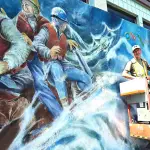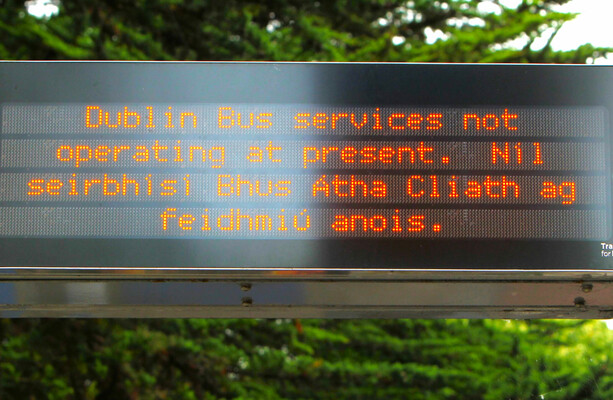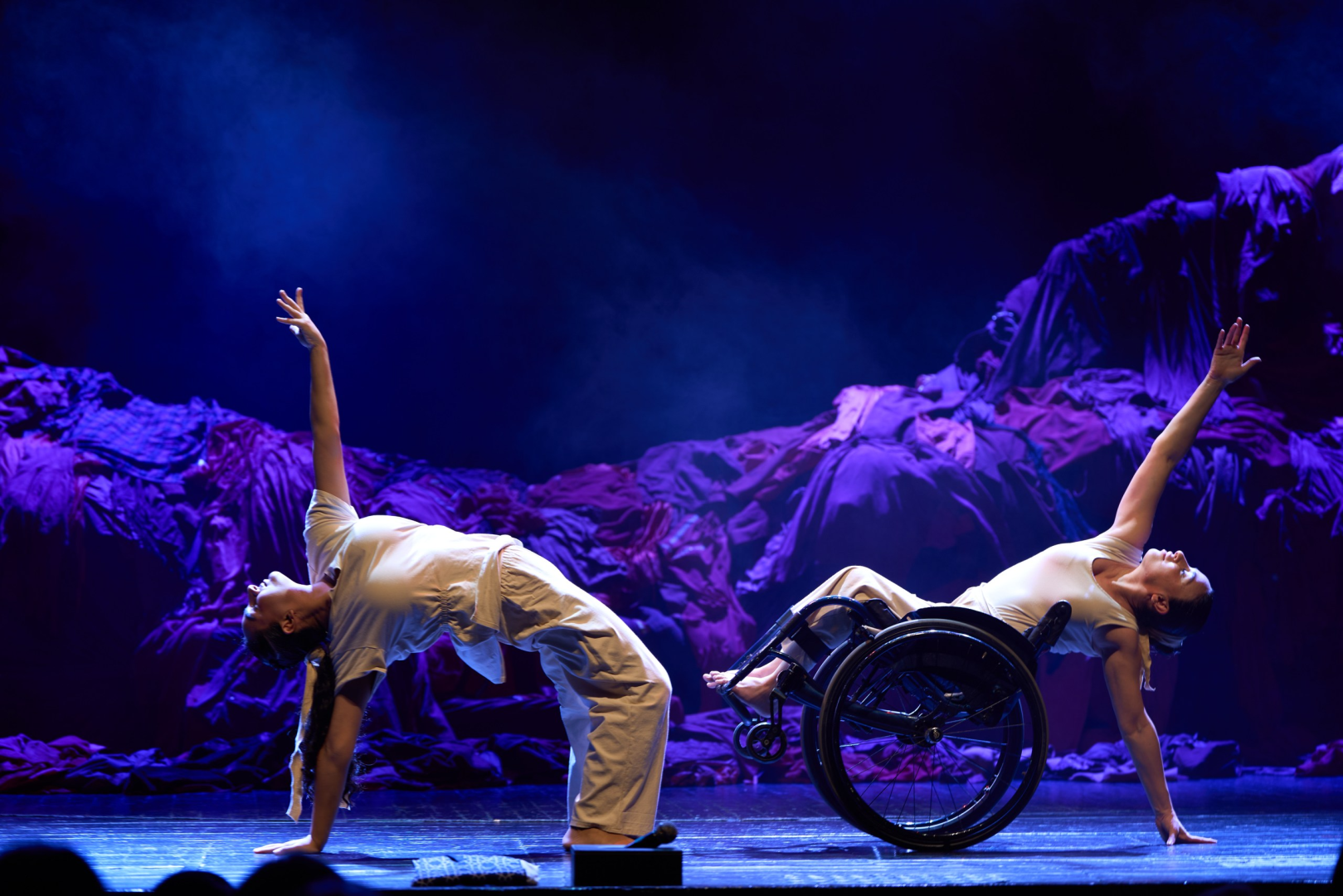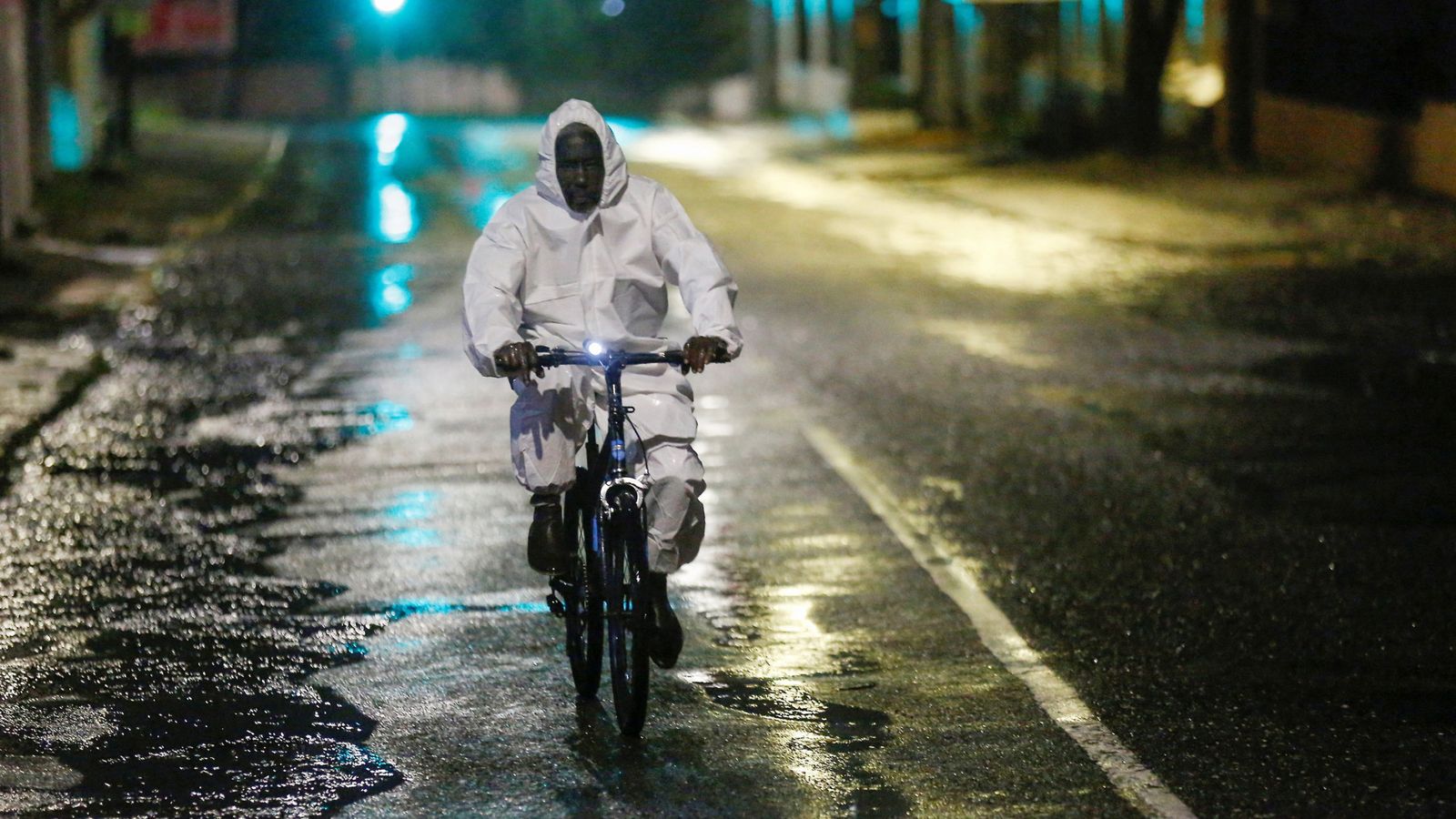Copyright vicnews

Work is currently underway to restore one of the murals by artist IceBear in the small town of Sidney. Those murals were originally created by the renowned artist in the late 1990s, and their restoration marks a renaissance of the art form in the community. The mural currently experiencing renewal, entitled The Ocean, is a stunning, powerful piece of public art and it, along with other IceBear murals in Sidney, perfectly reflects an important part of life in this seaside community. But the story of the murals in Sidney is just as engaging as the work itself. They were not, as some have guessed, the product of some coordinated beautification program or a government sponsored initiative to promote public art. The true story is far more organic and speaks to the character of Sidney as much as the artworks themselves. “It all started out because there was a group of street kids who insisted on vandalizing the wall of the BC Tel (later TELUS) building by spraying it with graffiti. BC Tel would repeatedly paint over the graffiti, but it didn’t take long before these kids would paint more onto the building,” said Charronne Johnston, IceBear’s wife and longtime partner. “Chris (IceBear) was working away on a mural in Victoria and a fellow named Barry Winter, who was with BC Tel at the time came up and asked if he would do something in Sidney. He thought that if Chris could paint something on that wall it would keep the kids from defacing it all the time.” The original thought was that the mural would pay some attention to the Indigenous community in and around Sidney and IceBear decided that, if he was going to undertake the task, the mural would have to be accurate. That sentiment probably stemmed, in part at least, from the fact that IceBear was a status member Chippewas of Nawash at Cape Croker at Georgian Bay in Ontario. He’d spent most of his childhood in the care of Indian and Northern Affairs and was not about to paint what Charronne describes as ‘movie Indians’. Instead, he reached out to hereditary chief Vern Jacks of Tseycum Nation for help. The idea caught momentum and soon other members of the community, including the Chamber of Commerce, were contributing to the project. People started buying IceBear coffee from 7-11 as he worked, and eventually the chain offered up free coffee to the effort. The Lions pitched in with contributions, and grandmothers would bake cookies and biscuits and leave them for the artist. “Even little kids would draw their own pictures for Chris and leave them for him,” said Charronne. By the time the mural was completed, its creation and the way that it had brought the community together had captured the attention of the media and evoked coverage far beyond the little seaside community of Sidney. At the grand opening, children from the First Nation and from Sidney worked in unison to help unveil the work. The First Nations communities were out en masse with dancers and the biggest drum Charronne had ever seen. The impact of the first mural led to IceBear being approached by Duncan Kenzie of Excelsystems Software Development, who wanted a mural on a building that the company owned. That mural was created to celebrate the history of the waterfront in Sidney and led to yet another request for a mural on the side of the Fairways building. Thus, The Ocean mural, which is the work currently being restored, was born. Again, the community rallied behind IceBear to make the work possible. With the support of former Minister of the Environment, David Anderson, the information and images in the mural were provided by scientists, technicians and historians, including but not limited to Dr. Andrew Weaver, Nobel Peace Prize recipient and professor in the School of Earth and Ocean Sciences at the University of Victoria and a host of specialists from the Patricia Bay Institute for Ocean Science. About 100 other sponsors contributed materials and funding to make the mural possible. “After that, there were requests to do even more, but Chris wanted to get back to painting,” said Charronne. “He actually didn’t go back into painting right away; he went to a sculpture. You can see that sculpture, titled Four Winds, at the foot of Swift Street by the water in Victoria.” “The remarkable thing about Chris’ work in Sidney and elsewhere is how it has had the ability to bring people together,” said Charronne. “Maybe that’s the real power of art.”



